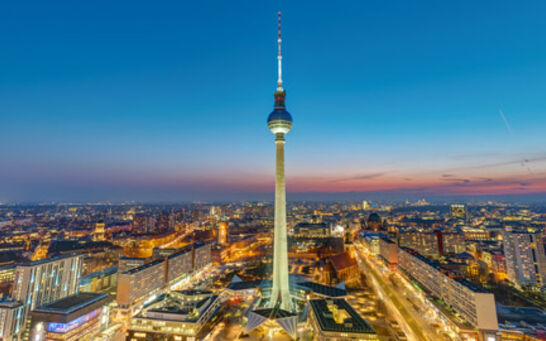Gold purchases by central banks up 206 per cent
News Arnulf Hinkel, Fiancial Journalist – 09.09.2024
While demand for gold among institutional and private investors has cooled slightly due to the gold price moving from one all-time high to the next in recent months, central banks around the world are continuing to build up their gold reserves. This is remarkable, as 2022 (1,082 tonnes) and 2023 (1,037 tonnes) saw the largest annual gold purchases by central banks to date.
Strongest surge in demand in July since January 2024
According to recently published data provided by the World Gold Council, central bank gold purchases rose by more than 200 per cent in July compared to the previous month. Given the persistently very high gold price in recent months, this is especially significant in terms of the importance of gold as a foreign currency reserve asset. After all, its task is to offset fluctuations in the global currency, the US dollar, and to ensure a country’s foreign trade liquidity. It is therefore hardly surprising that Poland led the demand for gold in July at 14 tonnes. In all of 2024, the Turkish central bank led gold purchases with almost 50 tonnes, followed by India, Poland and China.
Gold price up 20 per cent year-to-date
After the gold price increased 6 per cent year-on-year in 2022 and by some 10 per cent in 2023, it has risen from €60.59 on 2 January to €72.65 in early September 2024, a rise of 20 per cent. Over the last five years from early September 2019 to today, the price of gold has risen 60 per cent, certainly attributable to the various geopolitical and medical crises of recent years, but also to the at times high inflation rates. In any case, central banks have significantly contributed to the high global demand for gold in the 2020s by massively expanding their gold reserves.





